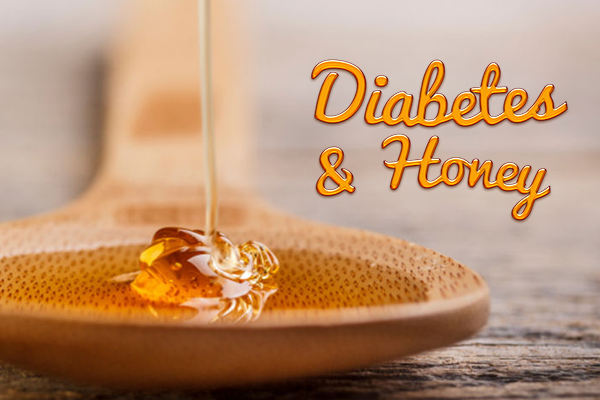Honey is a natural sugar and a carbohydrate, it’s only natural for it to affect your blood sugar in some way. When compared to table sugar, however, it appears that honey has a smaller effect.
Honey has a significantly lesser GI (glycaemic index) compared to table sugar. Most commercially blended honeys have a moderate GI of between 45 and 64 which is lower than sugar – white or brown – at 65. The GI varies with the level of fructose – the more fructose, the lower the GI.
Because fructose does not increase blood glucose and does not require insulin, individuals with diabetes can often tolerate it better than other sugars. In fact, studies show that small amounts of oral fructose may actually improve glycaemic control in people with diabetes as they can help to prevent surges in blood glucose.
Acacia Honey has the highest amount of fructose compared to wildflower and manuka honey. It is beneficial for you to know how different honeys have different properties. In this case, Acacia honey is often sought after amongst diabetic people for its high fructose content; it is the sugar affecting GI levels. To put it into perspective, the glycaemic load per gram fructose is only 19, while that of table sugar is 65.
While the American Diabetes Association recognizes that fructose produces a lower blood glucose response when used in foods in place of sucrose or starch, it does not believe GI to be sufficiently important at this time to merit changes to its existing advice on carbohydrate exchanges. Hence why, it is still important to keep track of your nutrition balance. While there are substitutes out there, be sure to enjoy the sweet life in moderation!


